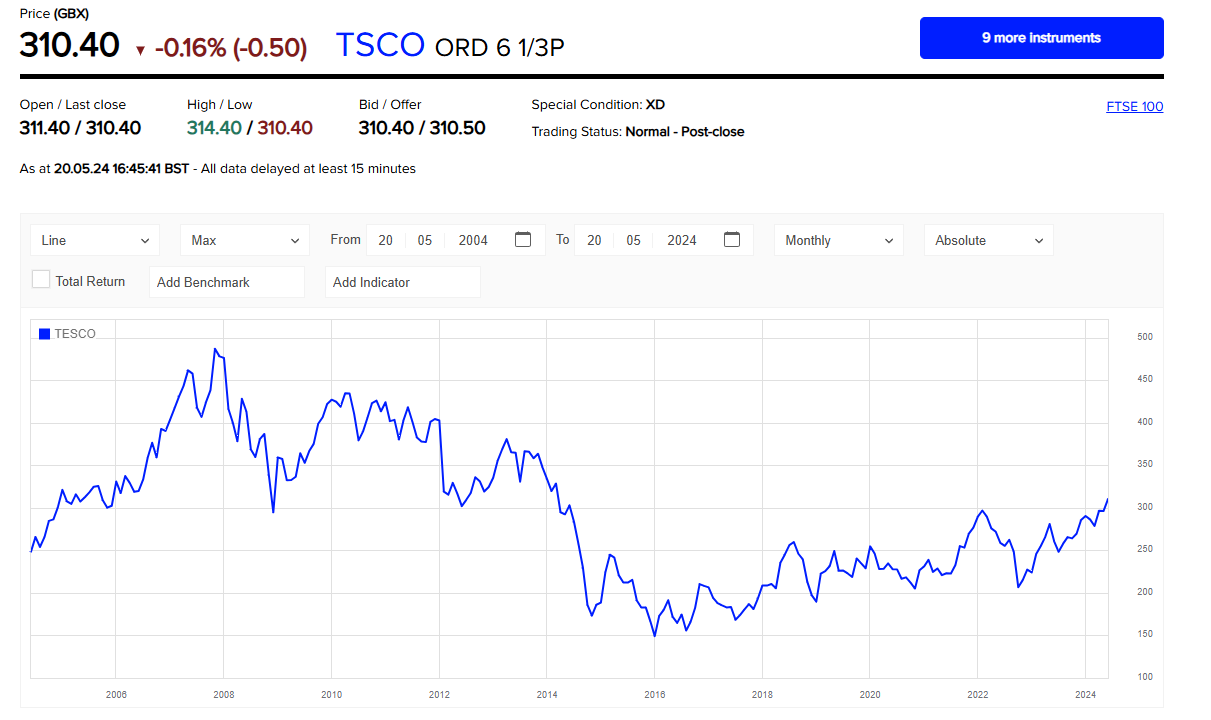Moody’s Investors Service downgraded the long-term corporate family rating (CFR) of Patagonia Bidco Limited (Huws Gray or the company) to B3 from B2 and the probability of default rating (PDR) to B3-PD from B2-PD. Concurrently, Moody’s has downgraded to B3 from B2 the instrument rating of the company’s guaranteed senior secured bank credit facilities, comprising term loan B (TLB) tranches totalling equivalent £950 million and a £125 million revolving credit facility (RCF), borrowed by Patagonia Bidco Limited. The outlook on all ratings remains stable.
RATING RATIONALE
The downgrade reflects Moody’s expectations that Huws Gray’s key ratios will remain weaker than expected for the B2 rating category. This reflects a more challenging operating environment with a slowdown of the UK Repair Maintenance and Improvement RMI and homebuilding market with higher mortgage rates, lower consumer disposable income and significant cost inflation. The company has been implementing inflationary price increases and cost-saving efficiencies although these have not been sufficient to fully offset declining volumes. As a result in Q1 2023 revenue and company adjusted EBITDA declined by 9% and 40% respectively versus the comparable quarter in 2022. While the company has managed to protect its gross margin at around 29-30%, cost inflation, including notably in respect of wages, property and energy pushed the company’s overheads higher, bringing its Q1 EBITDA margins to 6% compared with 9% in Q1 2022. Moody’s also anticipates the Q2 EBITDA and EBITDA margins to remain weak.
After an expected further weakness in profits and margins in Q2, Moody’s base case assumes stabilisation from Q3 followed by a gradual recovery, helped by low single digits percentage growth in volumes in 2024. The rating agency expects Huws Gray’s Moody’s adjusted debt / EBITDA to increase to around 8x in 2023 compared with 6.4x in 2022 before gradually improving to 7x in the following year. The recovery will be supported by gradually improving market conditions and demand as well as phasing of the planned synergies, which the company estimates at around £20 million by the end of 2023 and a total of £30-35 million by the end of 2024. largely from staff cost reduction and better procurement.
Moody’s expects the company’s EBITA interest cover to deteriorate to around 1.1x in 2023 (from 1.4x in 2022) due to a combination of lower earnings and higher interest on the floating rate portion of the term loan. As earnings recover, so should interest cover, increasing to around 1.3x in 2024.
Huws Gray’s B3 CFR is also supported by (1) the solid scale and nationwide coverage in the UK; (2) scope for both cost synergies and a gradual improvement in revenues and margins within Fleming as Huws Gray best practices are applied; and (3) adequate liquidity buffer and potential for positive free cash flow generation.
Less positively, the CFR also factors in (1) the company’s still relatively small size compared with some other peers and high geographical concentration, linked to the economic health of a single country; (2) some execution risks on the integration of Fleming and in the longer run with its strategy, which is based on debt-funded M&A; and (3) a highly leveraged capital structure.
ESG CONSIDERATIONS
Moody’s takes into account the impact of environmental, social and governance (ESG) factors when assessing companies’ credit quality. Huws Gray benefits from the ongoing focus of politicians on energy efficiency of buildings and sustainability which supports demand for renovation and improvement of building stock.
Moody’s governance assessment for Huws Gray factors in its control by one major shareholder. Moody’s nevertheless acknowledges the sizeable minority stake still in the hands of Huws Gray founders and management as a credit positive. The company has, however, demonstrated a tolerance for high-leverage and debt-funded acquisitions.
LIQUIDITY
Huws Gray’s liquidity is adequate, supported by approximately £83 million of cash and the fully available £125 million RCF maturing in 2028. Moody’s expects Huws Gray to generate slightly positive FCF in 2023 supported by working capital inflow in light of lower volumes as well as lower capex spending and approximately £5-10 million negative FCF in 2024 as the stocks and demand will likely start to gradually recover.
STRUCTURAL CONSIDERATIONS
The B3 rating of the TLB and RCF, both due in 2028, is in line with the CFR, reflecting the fact that these facilities rank pari passu among themselves. In line with current market practice the facilities have only modest security, comprising primarily share pledges and a floating charge over the assets of the borrower, which is a holding company. Guarantees are provided by all material subsidiaries with a guarantor coverage of at least 80% of the group’s EBITDA.
The PDR of B3-PD reflects Moody’s assumption of a 50% family recovery rate, consistent with a debt structure of bank debt with loose financial covenants.













